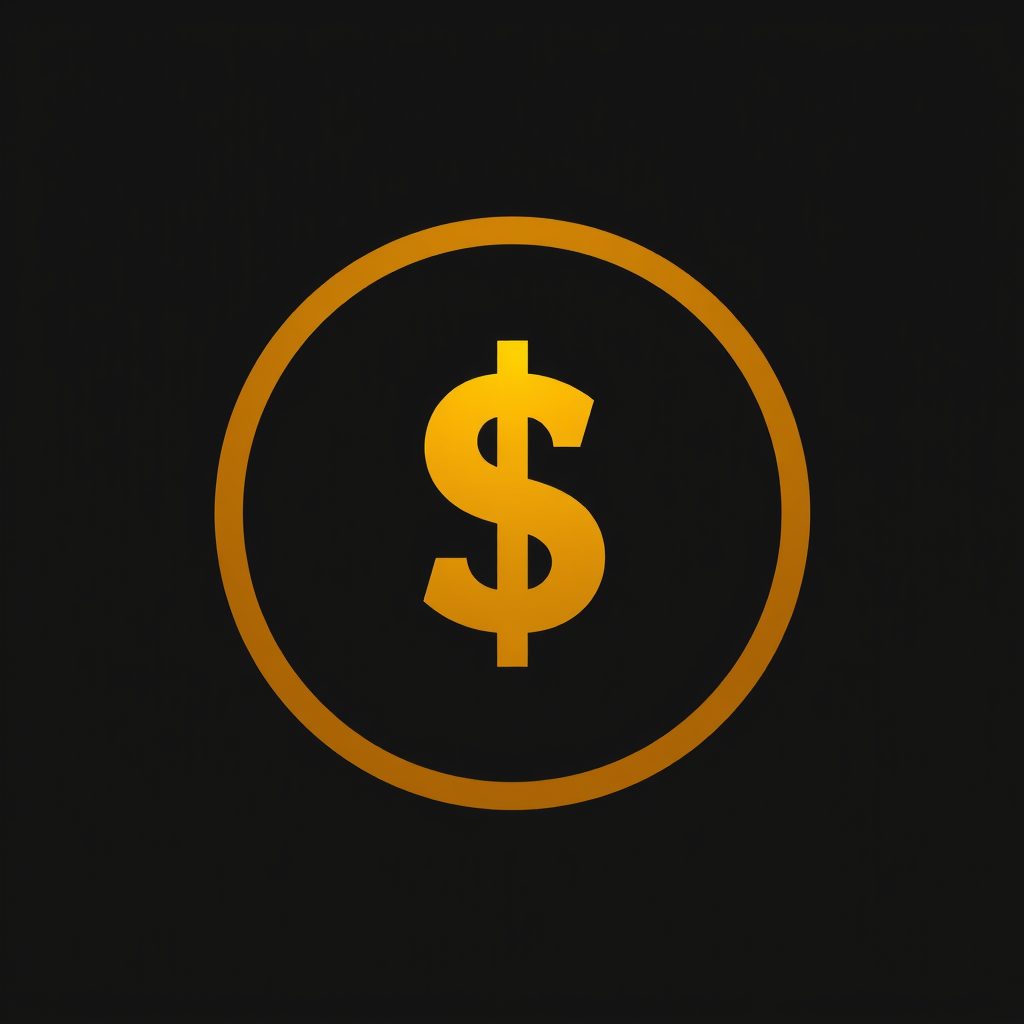By Cap Puckhaber | SimpleFinanceBlog.com, Reno, Nevada
I’m Cap Puckhaber, a marketing professional, amateur investor, part-time blogger and outdoor enthusiast. Today we break down steps you can take in your 30’s to retire by 60.
At 30, retirement still feels like a distant goal. Most people are just trying to get through the week, let alone think 30 years ahead. But if you’ve ever had a moment where you thought, “I don’t want to work forever,” then it’s time to start laying the groundwork. Whether you’re wearing work boots or business casual, what you do today can help you retire by 60 with confidence.
In this post, I want to talk to two kinds of people. First, the blue-collar worker making around $75,000 a year. You might be single, no kids, and you’ve already got a 401(k) through your job. You’ve dipped into the stock market a bit, maybe with a brokerage account or through a target-date fund. You’re not trying to hit a home run with investing, just build a future where you don’t have to break your back forever. Second, the white-collar worker earning $125,000. Maybe you’re married with a young kid at home. You’ve got a 401(k), a growing stock portfolio, and you’re starting to think long-term, but it still feels overwhelming.
How Much to Save Every Month
If you’re 30 today and want to retire at 60, you’ve got a 30-year window to invest. That’s enough time for compound interest to do the heavy lifting, but only if you start now and stay consistent. If you’re aiming for a retirement fund in the $1.5 to $3 million range depending on your lifestyle, you need a clear plan. That plan includes how much to save each month and where to put that money.
For the blue-collar worker earning $75,000 a year, I’d recommend saving at least $750 per month if possible. That’s ten percent of your income, which is a solid starting point. If you can push closer to $1,200 or $1,500, you’ll have a much better chance of hitting your goal. The reality is that investing early gives you more room later in life. That same $750 invested at 30 is worth a lot more than $1,500 invested at 45. The time factor matters more than most people realize.
The white-collar worker earning $125,000 should aim for $1,250 to $2,500 a month. That might sound like a lot, especially with family expenses, but with proper budgeting it’s achievable. Many families I talk to don’t realize how much they’re already spending on things that could be redirected toward future freedom. Once you understand your monthly cash flow, you can often find that room.
What If You’re Behind?
If you didn’t start saving at 25, don’t panic. Here’s how much you’d need to save monthly at different starting ages to reach $2 million by age 60, assuming a 7% annual return:
| Age Started | Monthly Savings Needed |
|---|---|
| 30 | $900 |
| 35 | $1,300 |
| 40 | $2,000 |
Even if you’re behind, it’s not too late. But it does mean you’ll need to save more aggressively or push your retirement back a few years.
Where to Invest: 401(k), IRA, and Brokerage Accounts
Now let’s talk about where that money should go. For both scenarios, the first priority is to contribute enough to your 401(k) to get the full company match. That match is essentially free money, and not taking advantage of it is leaving part of your paycheck on the table. After that, your next move depends on your income and tax situation. If you qualify for a Roth IRA, that’s a great place to grow your money tax-free. If your income is too high, a Traditional IRA might make more sense, depending on whether you want the upfront tax deduction.
Once you’ve taken care of those retirement accounts, you can invest through a regular brokerage account. This account won’t give you the same tax advantages, but it gives you flexibility. If you want to retire at 60 or even earlier, you may need access to some of your money before the standard withdrawal ages kick in. A brokerage account lets you invest and grow wealth without penalties for early access.
What to Invest in: Index Funds, ETFs, and Mutual Funds
So what should you invest in? You don’t need to pick individual stocks or chase the next hot trend. You want broad, diversified investments that track the entire market or big sections of it. I stick to index funds and ETFs that cover the S&P 500 or the total U.S. stock market. These funds are low-cost, easy to understand, and proven over time. You’re not trying to be the next Warren Buffett. You’re trying to build wealth slowly and reliably.
If your 401(k) only offers mutual funds, choose the ones with the lowest fees that match your timeline. A target-date fund that aligns with the year you plan to retire is a good option for set-it-and-forget-it investing. Just make sure the fees are reasonable. Anything over 0.30 percent starts to eat into your long-term growth.
Risk Tolerance and Asset Allocation
Your mix of stocks, bonds, and cash should match how comfortable you are with market ups and downs.
Conservative Portfolio (Blue-Collar, Risk-Averse)
- 60% US Stocks
- 20% International Stocks
- 20% Bonds
Moderate Portfolio (Most Investors)
- 70% US Stocks
- 20% International Stocks
- 10% Bonds
Aggressive Portfolio (White-Collar, Higher Risk Tolerance)
- 85% Stocks (US + International)
- 15% Bonds or REITs
You don’t need to hold the exact same allocation forever. Adjust over time as your goals evolve.
Tools That Help You Stay on Track
Budgeting and Tracking
- YNAB (You Need a Budget)
- Mint
- Empower (formerly Personal Capital)
Investing Automation
- Fidelity, Vanguard, or Schwab: Great for hands-on control
- Betterment or Wealthfront: Robo-advisors for automation
- Target-Date Funds: For hands-off rebalancing
Matching Your Portfolio to Your Risk Tolerance
Your investment mix should match your risk tolerance. If you’re more cautious, you might feel more comfortable with sixty percent of your money in stocks and forty percent in bonds or stable funds. That’s totally valid. If you’re okay with more volatility and want more growth, a seventy-thirty or even eighty-twenty stock-to-bond mix might be better. The important thing is that you’re honest with yourself about how much risk you’re willing to take. If you panic every time the market dips, then a more conservative allocation will help you stay consistent.
How to Review and Rebalance Your Investments Each Year
Once a year, take a look at your portfolio and make sure your allocations are still on track. If stocks have outperformed and now make up a larger share than you intended, move some gains into bonds to rebalance. This keeps your risk level in check without needing to time the market.
Fees are another area to pay close attention to. I tell people to aim for investment funds with expense ratios under 0.15 percent. High fees will quietly eat away at your returns over time. The lower the fees, the more money stays in your pocket. That’s one reason I’m a fan of providers like Vanguard, Fidelity, and Schwab. Their index funds and ETFs are affordable, reliable, and easy to access.
Why Automation Is Your Best Investment Habit
Automating your investments is the best way to stay on track. Set up automatic transfers from your paycheck into your 401(k), and then from your checking account into your IRA or brokerage. The less you have to think about it, the more likely you’ll stick with it. Some 401(k) plans even allow you to automatically increase your contribution rate every year, which is a smart way to ramp up your savings without noticing the change.
What If You’re Behind?
Now, what if you’re starting a little behind? You’re not alone. Not everyone has been saving since 22. If you’re just now getting serious at 30 or even 35, you’ll need to save more aggressively to hit your goals. At 30, saving around $900 a month can get you to $2 million by 60 with a reasonable return. If you wait until 35, you’ll need closer to $1,300 a month. At 40, it jumps to around $2,000. That’s the price of delay, but it’s not a reason to give up.
Keep It Simple, Keep Showing Up
In either case, your path to retirement depends less on guessing what the stock market will do next year and more on building a disciplined routine. Automate your savings, invest in diversified low-cost funds, and check in once a year to rebalance and adjust. That’s the formula.
It doesn’t matter if you work with your hands or behind a screen. You don’t need to know everything about finance to retire on your terms. You just need to start, stay consistent, and protect yourself from avoidable mistakes like high fees, panic selling, or chasing fads.
If you’re reading this and you’re 30, now is the time. Build a plan that works for you, stick to it, and let time do what it does best.
I post every week at SimpleFinanceBlog.com with practical advice that doesn’t require a finance degree to understand. If this post helped you, stick around and subscribe for more tools, tips, and real-world financial guidance.
Disclaimer: This is not financial advice. Please consult a licensed advisor before investing.
Check out my latest blog on How does Unemployment Impact The Economy by Cap Puckhaber
New to Simply Finance Blog is my take on Comparing Pros and Cons of CDs vs T-Bills by Cap Puckhaber
Investing Blog for Beginners
Hosted by Cap Puckhaber of Black Diamond Marketing Solutions, this investing blog offers daily articles on investing, savings, bonds, interest rates, mortgages, and more.



About the Founder / Author
Cap Puckhaber is a seasoned marketing strategist and finance writer, based in Reno, Nevada with over 20 years of experience investing, marketing and helping small businesses grow.
He offers expert advice on how to save for retirement, how to use a retirement calculator and the difference between T-Bills and CDs.
He shares actionable insights on how to promote your business locally for free and on trending platforms like X.
He shares his personal investment journey, how to use trade volume to predict breakouts, and his take on covered call strategies.

Follow Cap Puckhaber Online
Connect with Cap Puckhaber on Facebook
See Real-Time Thoughts on X
Read In-Depth Articles on Medium
Subscribe to Cap Puckhaber’s Substack Newsletter
Follow Cap Puckhaber’s Company Page on LinkedIn
View Our Agency Profile on DesignRush
See Cap Puckhaber’s Agency on Agency Spotter
Explore Technical Projects on GitHub
See Cap Puckhaber’s Creative Portfolio on Behance
Learn more about my company on Crunchbase
Join Cap Puckhaber’s Conversation on BlueSky
Follow My Updates on Mastodon

Backpacker, Marketer, Investor, Blogger, Husband, Dog-Dad, Golfer, Snowboarder
Cap Puckhaber is a marketing strategist, finance writer, and outdoor enthusiast from Reno, Nevada. He writes across CapPuckhaber.com, TheHikingAdventures.com, SimpleFinanceBlog.com, and BlackDiamondMarketingSolutions.com.
Follow him for honest, real-world advice backed by 20+ years of experience.


